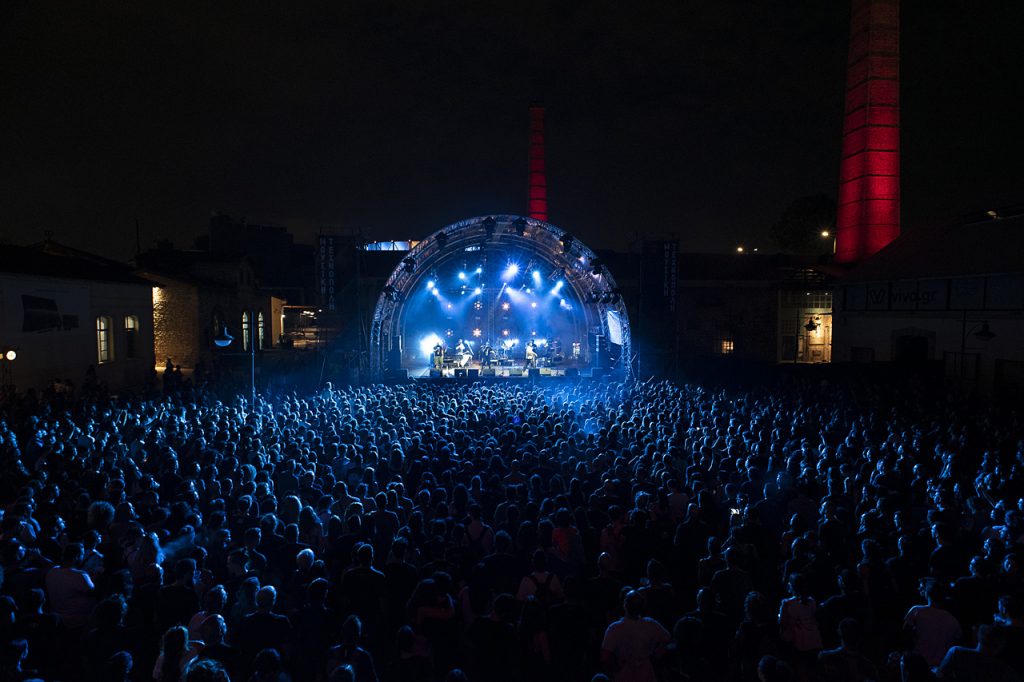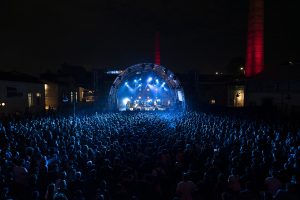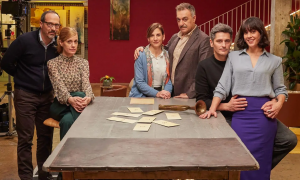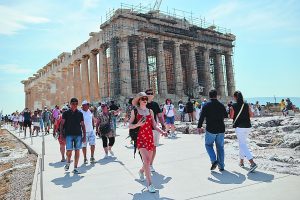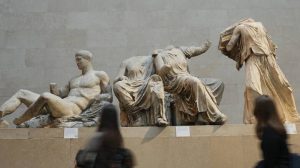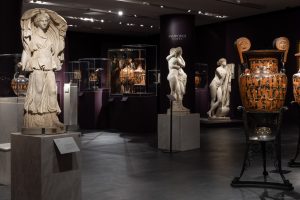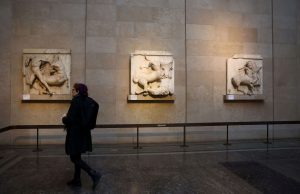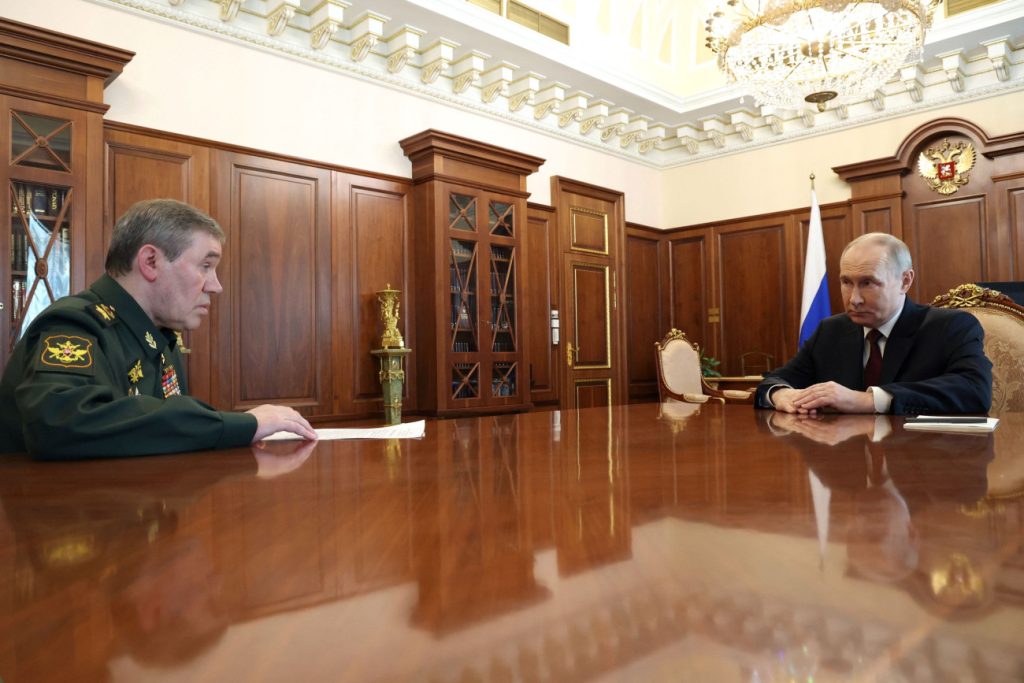A collection of works by American photographer Robert McCabe, shot during Greece’s post-war era, is on display at the temporary exhibition gallery at the Acropolis Museum, from May 28 until Sept. 8. Entitled “Χαίρε Ξένε. In the Land of Dreams,” the exhibition represents a collaborative effort between the Ministry of Tourism, the Greek National Tourism Organization and the Acropolis Museum.

Agamemnon Dassis and his daughter Panagoula at the Belle Hélène Hotel in Mycenae under a welcome greeting from Homer’s Odyssey.
The exhibition of works by the philhellene photographer, who first visited Greece in 1954, is essentially a retrospective of his “Greek era”, with around 100 photographs that highlight the timelessness of his captured images.

Capt. Yiannis “Trikoulis” Kafieris (left) and Manolis “Kastoria”, a muleteer from Kontohori, relax at a coffee shop in Yialos, the harbor of Fira, on the island of Santorini. The “Aigaion” was launched in 1911 (the same year as the “Titanic”) and operated initially as a cruise ship, and later as a liner.
With the exhibition coinciding with the tourist season, both locals and visitors to the Greek capital can experience Greece’s postwar reality through camera lens used by McCabe, depicting a a daily toil to make ends meet and with an eye towards a brighter future.

At a flag-bedecked school on the Cyclades island of Serifos, where pupils pose with their teacher.
Among the very first visitors to tour the exhibition was Princess Kako of Akishino, the second daughter of the Crown Prince and Princess of Japan, and member of the Japanese imperial family. Princess Kako arrived in Greece to represent Japan during commemorations of the Greece-Japan Year of Culture & Tourism, and the 125th anniversary since the establishment of diplomatic ties between Greece and Japan.
Referring to the McCabe exhibition, Tourism Minister Olga Kefalogianni stressed that the photographer’s works put people, their culture and history at center, and in the case of his “Greek Era”, were intertwined with the country’s unspoiled natural beauty during the post-war reconstruction era. The exhibition sheds light on the daily life and routines of the people, as well as the monuments and architectural works of the time. She noted that the exhibition is dedicated to preserving Greece’s authenticity, natural beauty and cultural heritage.

The renowned Dodecanese island of Patmos. On the old path from Vagia to Geranos, above the chapel of Zoodochos Pege (Life-Giving Spring), with spring flowers in bloom.
McCabe reminisced about his first visit to Greece with his brother in the summer of 1954, saying, “That summer became a whole lifetime,” and added: “It is a great honor for me to have my exhibition at the Acropolis Museum. I will soon turn 90 years old. Greece has been a wonderful friend. It gave me the joy of discovering its villages, seas, and islands, as well as its incredible history. Each of these photographs has a story that I still remember today. I am especially happy to have the opportunity to share some of these discoveries with you through my photographs.”

A shopkeeper in Mykonos, left, negotiates with a farmer who has brought his harvest to market with his donkey.

Late afternoon in the fishing village of Oreoi, in the north of large Euboea (Evia) island.
The exhibition, available in both Greek and English, offers free admission with a ticket issued from the museum’s Ticket Desk. The exhibition can be visited during the Acropolis Museum’s opening hours:
- Monday: 9 am – 5 pm (Last entry: 4:30 pm)
- Tuesday – Sunday: 9 am – 8 pm (Last entry: 7:30 pm)
- Friday: 9 am – 10 pm (Last entry: 9:30 pm)

Alan Wace monitoring one of Mycenae’s skilled pickmen, Dimitris Papadopoulos, opening a new trench on the slope west of the modern road, across from the House of Shields and the House of the Oil Merchant.

Workers on the Acropolis draw water from an ancient cistern next to the Parthenon.
